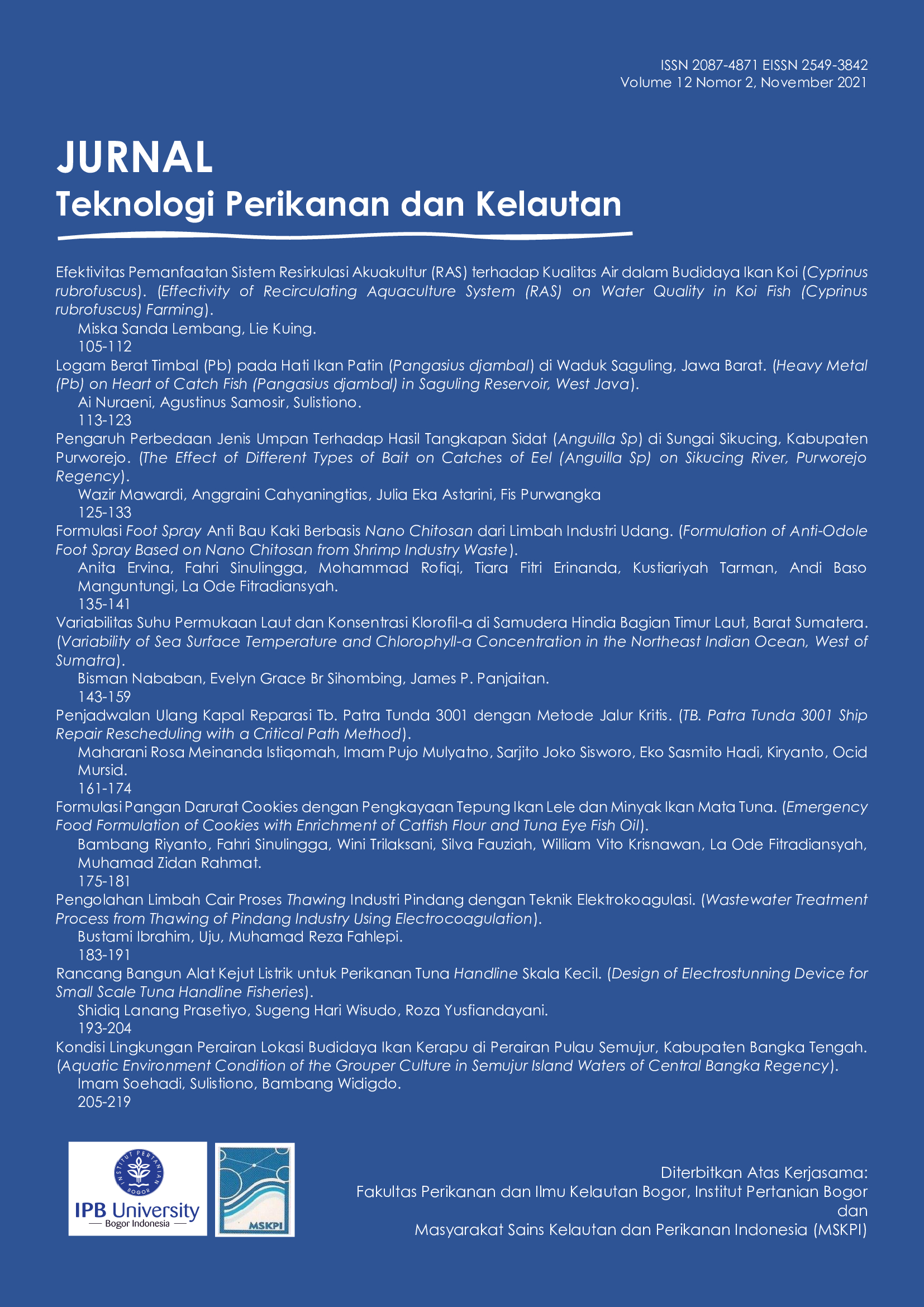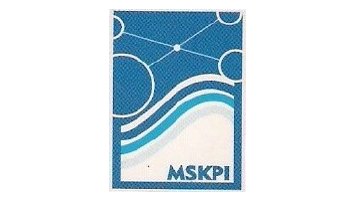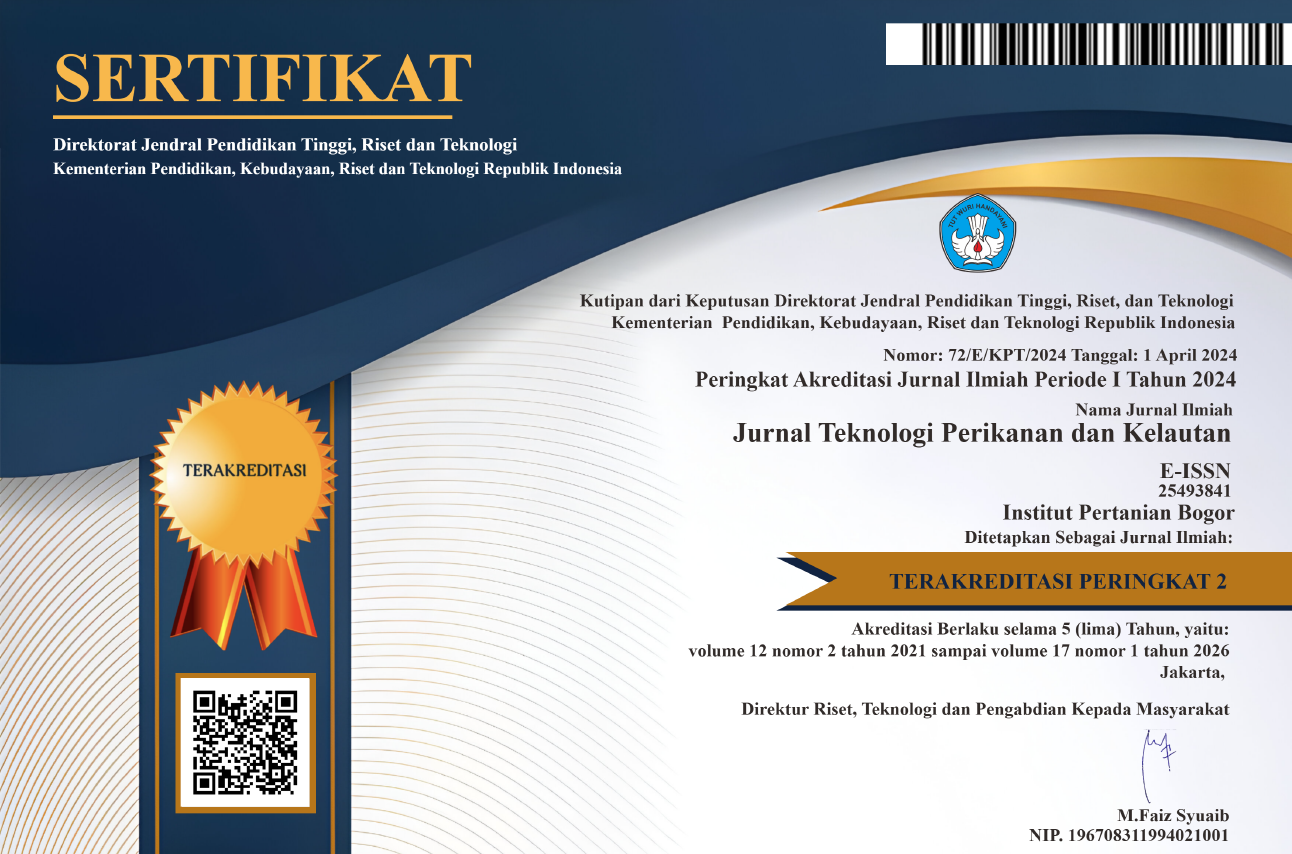EFEKTIVITAS PEMANFAATAN SISTEM RESIRKULASI AKUAKULTUR (RAS) TERHADAP KUALITAS AIR DALAM BUDIDAYA IKAN KOI (Cyprinus rubrofuscus)
Abstract
Koi fish is part of ornamental fish that is liked by the public. Koi fish culture is influenced by good water quality as a life medium. The problem in koi fish farming is the decline of water quality caused by pollution and the results of koi fish metabolism. The experiment methods are koi fish rearing tanks preparation, making a series of recirculation aquaculture system (RAS), stocking koi fish seeds, and measuring water quality. The RAS technology range consists of a pipe, a pump, and a filter tank consisting of an arrangement of charcoal, bioball, zeolite, and sand. For one month the maintenance of koi fish using RAS technology gave good results on the growth and quality of the cultured water. Koi fish seeds before rearing measuring 5-6 cm experienced an increase in the body length to 8.5-10.5 cm. The results of measurements of temperature, pH, and DO of koi fish culture water before recirculation include 31.2°C; 7.6; and 4.8 mg/L, respectively. After the recirculation process, the results of temperature, pH, and DO measurements were found to be 29.7°C; 7.1; and 6.0 mg/L, respectively. This shows that RAS technology can to optimize the temperature, pH, and DO of koi fish cultured water. Optimal water quality will lead to good koi fish growth.
Copyright (c) 2022 Jurnal Teknologi Perikanan dan Kelautan

This work is licensed under a Creative Commons Attribution-NonCommercial-ShareAlike 4.0 International License.





















